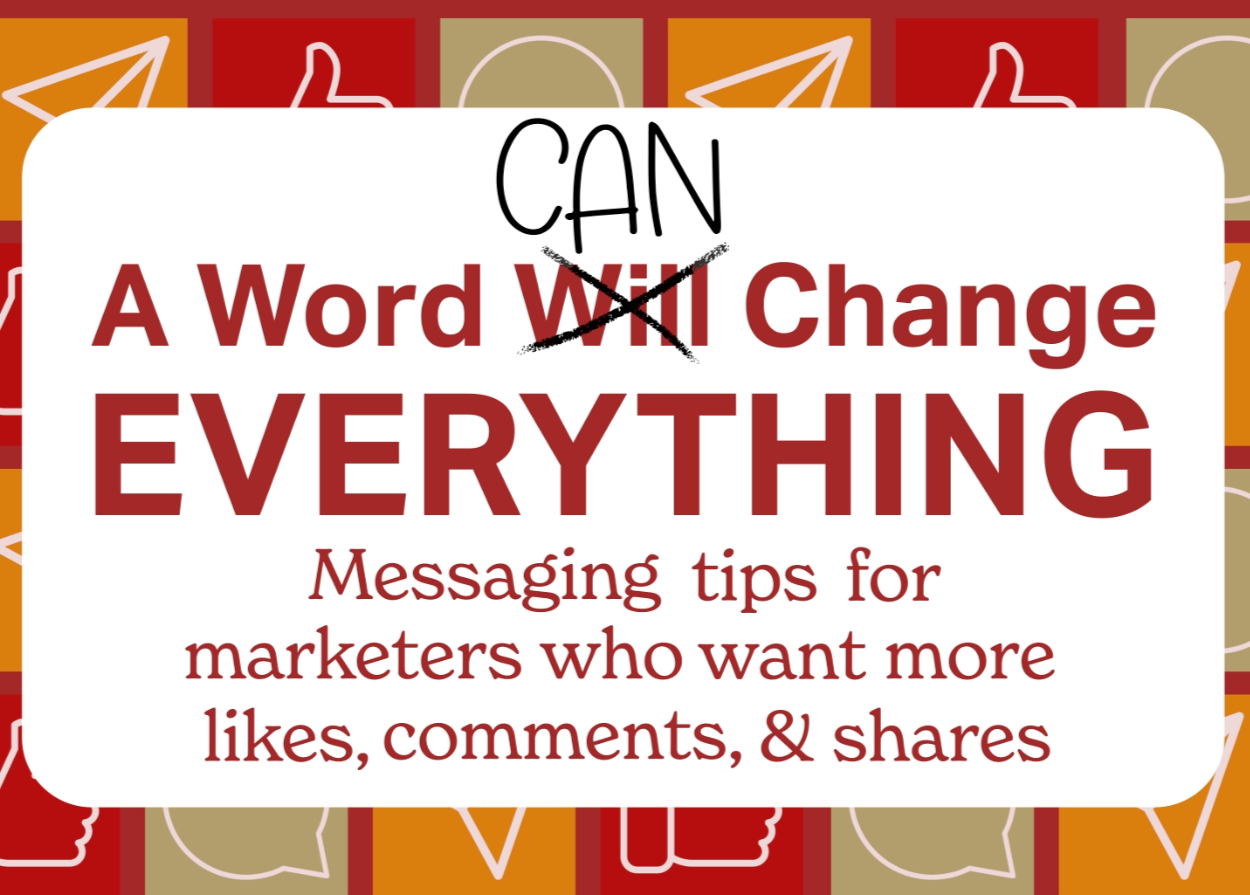Maximizing Customer Engagement: Task-Based vs. Experiential Strategies
Maximizing Customer Engagement:
Task-Based vs. Experiential Strategies
In today's competitive market, firms are increasingly looking beyond simple transactions. They're striving to forge meaningful connections with their customers, prompting them to go beyond purchasing and actively participate in shaping the brand experience. This is where the concept of customer engagement (CE) comes into play.
According to the research Effectiveness of Engagement Initiatives Across Engagement Platforms: A Meta‑Analysis published in the Journal of the Academy of Marketing Science (JAMS), engaged customers voluntarily invest their resources - cognitive, emotional, and behavioral — in interactions with a brand or firm. These engaged customers think about the brand, develop feelings toward it, and ultimately take actions that benefit the firm.
Think about your favorite brand. You probably know a lot about them, follow their social media, maybe even participate in their online communities. You might feel a sense of excitement when they release a new product or even defend them passionately in online discussions. All of these are indicators of customer engagement!
But the question is, how can firms effectively drive this kind of engagement? The research indicate that firms are using diverse and creative strategies on various platforms to stimulate customer engagement, such as idea contests, multi-sensory events, and social media campaigns.
Two Paths to Engagement: Task-Based vs. Experiential Initiatives
The research identifies two primary CE strategies: Task-based and Experiential.
● Task-based initiatives involve structured, often incentivized tasks that encourage customers to contribute actively. Think of contests, loyalty programs, or review requests. These initiatives tap into the concept of psychological ownership, where customers feel a sense of responsibility and connection to the brand due to their invested effort.
● Experiential initiatives, on the other hand, prioritize creating enjoyable and memorable experiences for customers. Examples include interactive events, brand festivals, or immersive online experiences. These initiatives aim to foster self-transformation, encouraging customers to incorporate the brand into their self-concept and identity.
Platform Matters: Choosing the Right Stage for Engagement
The effectiveness of these engagement strategies, however, is not uniform. The research emphasize the importance of choosing the right engagement platform - the stage where the interaction takes place.
Imagine a play. The same script can evoke different emotions and reactions depending on the stage setting, lighting, and audience interaction. Similarly, the impact of CE strategies can be amplified or diminished depending on the platform's characteristics.
The research highlights four key platform characteristics that managers should consider:
● Interaction intensity: Continuous vs. spot interactions
● Interaction richness: Rich vs. lean interactions
● Platform type: Digital vs. physical platforms
● Initiator of interaction: Firm-initiated vs. customer-initiated interactions
Task-based initiatives generally thrive on platforms that support continuous and lean interactions. Think about a loyalty program hosted on a brand's website. Customers can continuously interact with the platform, accumulating points and engaging in relatively simple tasks.
Experiential initiatives, conversely, often benefit from platforms that enable spot interactions with higher richness. Imagine an interactive pop-up event with music, games, and immersive experiences. The intensity and novelty of the experience are key to fostering emotional engagement and self-transformation.
Digital platforms, while widely used, might present a unique challenge. The research suggest that the impersonal nature of online interactions can sometimes weaken the impact of behavioral and emotional CE on customer intentions. Think about leaving a comment on a brand's Facebook page versus attending a live event and interacting face-to-face with brand representatives and fellow customers. The latter is likely to create a stronger sense of connection and influence future behavior.
However, customer-initiated interactions, regardless of the platform, tend to be more powerful drivers of behavioral intentions. This is because when customers choose to interact with a brand, it reflects a higher level of personal relevance and interest.
From Engagement to Outcomes: The Payoff of Meaningful Connections
Ultimately, the goal of CE marketing is to drive positive marketing outcomes. The reasearch confirms that all three CE dimensions - cognitive, emotional, and behavioral - contribute to favorable customer behaviors, such as purchase intentions and actual repurchases.
This emphasizes a crucial point: firms truly benefit from engaging customers. By fostering cognitive, emotional, and behavioral connections, firms can cultivate loyal customer relationships that go beyond one-time transactions.11819
However, it's not a simple, linear path. The translation of CE into outcomes is influenced by the same platform characteristics that affect the effectiveness of engagement strategies.
Spot interactions, physical platforms, and customer-initiated interactions, in particular, tend to strengthen the link between CE dimensions and marketing outcomes. These conditions enhance the personal relevance of the engagement object, making customers more likely to translate their positive feelings and experiences into tangible actions that benefit the firm.
Continuous interactions and digital platforms, on the other hand, might sometimes weaken this link. The repetitive nature of continuous interactions and the potential lack of depth in online exchanges can diminish the perceived importance of CE in driving specific marketing outcomes.
The CE Journey: A Story of Strategic Interaction and Lasting Connections
The research paints a vivid picture of the customer engagement journey. It's a story of strategic interaction, where firms use a mix of task-based and experiential initiatives to connect with customers on various platforms. By understanding the nuances of each platform and its impact on different CE dimensions, firms can create more meaningful and effective engagement experiences.
This, in turn, leads to the ultimate payoff: customers who feel connected to the brand, invest their resources in the relationship, and ultimately contribute to the firm's success.
About the Research
Effectiveness of Engagement Initiatives Across Engagement Platforms: A Meta‑Analysis
Journal of the Academy of Marketing Science (JAMS), 2023; Volume 51, Issue 4
Authors:
Markus Blut
Viktorija Kulikovskaja
Marco Hubert
Christian Brock
Dhruv Grewal
From the Authors
Please explain concisely what specific relevant marketing challenge(s) your article addresses.
Firms use different platforms to interact with customers, in ways that go beyond purchases. For example, Lay’s conducts idea contests and asks customers to propose new chip favors (task-based engagement strategies) or Sprite hosted multisensory, live concerts on a New York corner (experiential engagement initiatives). Task-based engagement strategies call for customers’ participation in structured, often incentivized tasks; experiential engagement initiatives instead aim to stimulate pleasurable experiences for customers. This research provides guidance which types of customer engagement strategies are more effective: task-based or experiential. Further, we provide guidance on which engagement platforms these strategies are more effective. Therefore, we classify existing engagement platforms according to four criteria: Digital vs. physical; support of continuous vs. spot interactions; rich vs. lean interactions; and customer- vs. firm-initiated interactions.
How can the recommendations from your findings specifically be implemented?
We develop and test a unifying framework of how to optimize investments in both two engagement strategies across different engagement platforms. In particular, the results give managers insights which strategies improve CE and when greater CE prompts more positive marketing outcomes.
What outcomes would be expected?
We assessed when firms benefit most from engaging customers, such that the customer engagement they evoke translates into marketing outcomes. Customer engagement relates to actual purchase behaviors and intentions, though these effects also depend on the used platform. We find that firms benefit from engaging customers, and engagement marketing should complement traditional marketing activities, such as investing in product performance and branding.






